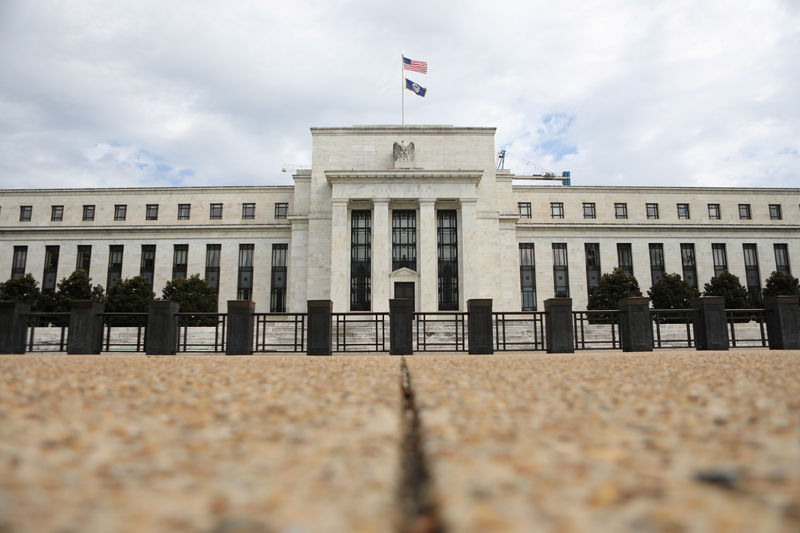By Yasin Ebrahim
Investing.com -- The U.S. economy continued to grow at a “modest” pace, but robust inflation is hurting consumers as they push back against price hikes from firms also grappling with inflation, according to the Fed’s Beige Book released Wednesday.
The central bank’s Beige Book economic report, based on anecdotal information collected by the Fed’s 12 reserve banks through May 23, showed that “robust” inflation continued to dominate sentiment on the economy as consumers are unwilling to stomach higher prices.
While firms across many districts “maintained pricing power – passing costs on to clients and consumers…more than half of the Districts cited some customer pushback, such as smaller volume purchases or substitution of less expensive brand,” the report showed.
A tight labor market, which has kept up wage pressures, has pushed prices even higher, and remains the main concern.
"Contacts tended to cite labor market difficulties as their greatest challenge," according to the report. “Most Districts reported that employment rose modestly or moderately in a labor market that all Districts described as tight.”
Firms throughout the country anticipated wages to rise further over the next year, though “one District indicated that its firms' expected rate of wage growth has fallen for two consecutive quarters,” the report added.
The fed’s plan to tighten financial conditions, meanwhile, appears to be taking shape.
“Retail contacts noted some softening as consumers faced higher prices, and residential real estate contacts observed weakness as buyers faced high prices and rising interest rates,” the report showed.
The Fed got its balance sheet reduction, or quantitative tightening, plan to cut its $8.9 trillion balance sheet underway on Wednesday.
Under the plan, the Fed would initially allow $30 billion in Treasury securities and $17.5 billion in agency MBS to roll off its balance sheet.
Some on Wall Street suggest quantitative tightening isn’t fully priced into the market.
“The process of quantitative tightening, or QT, has been widely anticipated by the market announced back in May, however, the pullback comes at a time when the Treasury market is already grappling with heightened levels of volatility and low liquidity. Thus, the impact of QT may not yet be fully priced in,” Stifel said in a note.
